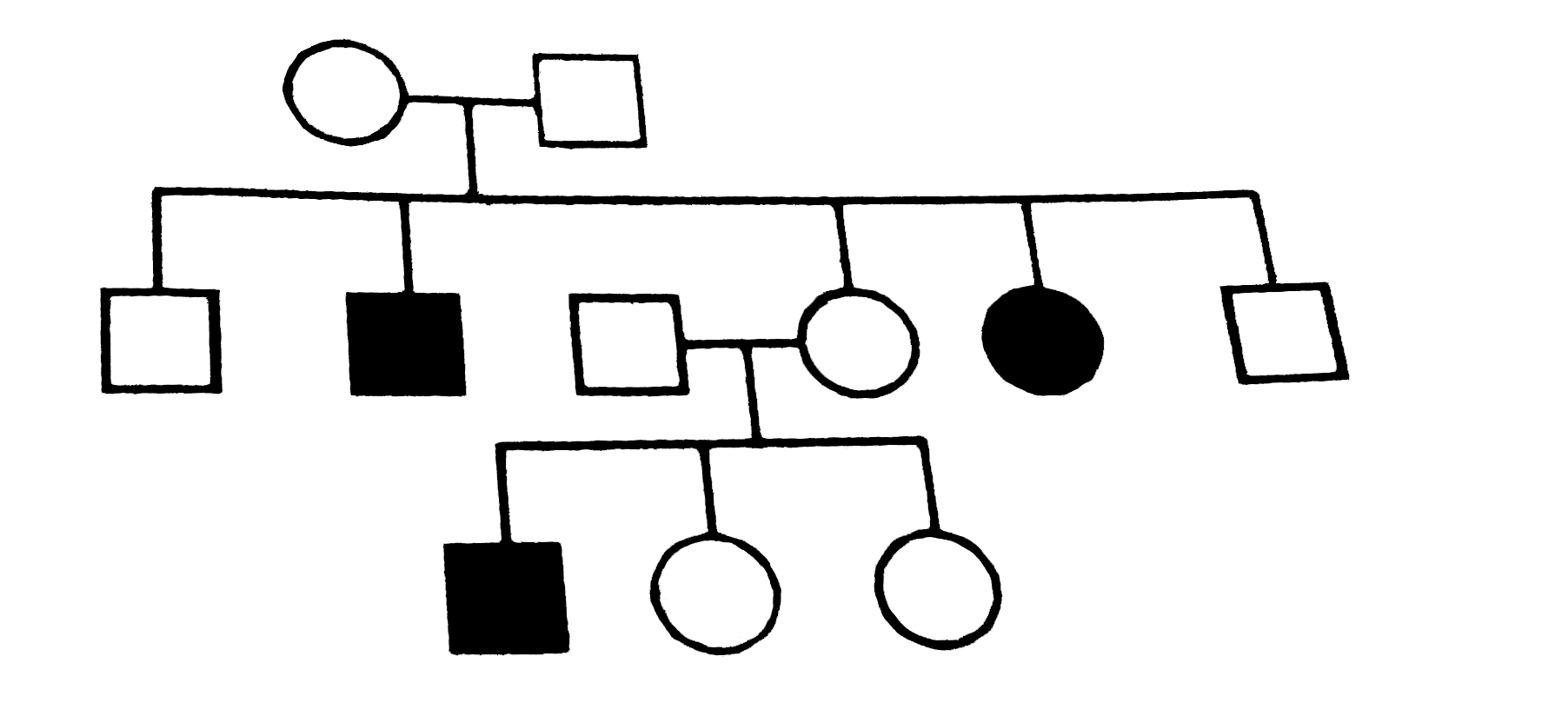A person with sickle cell anaemia is
(a) More prone to malaria
(b) More prone to typhoid
(c) Less prone to malaria
(d) Less prone to typhoid
The correct Answer is:C
Step-by-Step Solution:
1. Understanding Sickle Cell Anemia:
- Sickle cell anemia is an autosomal recessive genetic disorder characterized by the distortion of red blood cells (RBCs) into a sickle shape. This abnormal shape affects the functionality of the RBCs.
2. Effects on the Body:
- The sickle-shaped RBCs impair splenic function, which is crucial for the production and regulation of healthy RBCs. This impairment leads to a shortage of healthy RBCs and restricted blood flow.
3. Analyzing the Options:
- Option A: "A person with sickle cell anemia is more prone to malaria."
- This statement is incorrect. Individuals with sickle cell anemia are actually less prone to malaria.
- Option B: "A person with sickle cell anemia is more prone to typhoid."
- This statement is also incorrect. Typhoid fever is caused by bacteria that infect white blood cells (WBCs) and does not directly affect RBCs.
- Option C: "A person with sickle cell anemia is less prone to malaria."
- This statement is correct. The sickle-shaped RBCs are less susceptible to infection by the malaria parasite (Plasmodium species) because the parasite cannot effectively penetrate and rupture these distorted cells.
4. Conclusion:
- Based on the analysis, the correct answer is Option C: A person with sickle cell anemia is less prone to malaria.
- Sickle cell anemia is an autosomal recessive genetic disorder characterized by the distortion of red blood cells (RBCs) into a sickle shape. This abnormal shape affects the functionality of the RBCs.
- The sickle-shaped RBCs impair splenic function, which is crucial for the production and regulation of healthy RBCs. This impairment leads to a shortage of healthy RBCs and restricted blood flow.
- Option A: "A person with sickle cell anemia is more prone to malaria."
- This statement is incorrect. Individuals with sickle cell anemia are actually less prone to malaria.
- Option B: "A person with sickle cell anemia is more prone to typhoid."
- This statement is also incorrect. Typhoid fever is caused by bacteria that infect white blood cells (WBCs) and does not directly affect RBCs.
- Option C: "A person with sickle cell anemia is less prone to malaria."
- This statement is correct. The sickle-shaped RBCs are less susceptible to infection by the malaria parasite (Plasmodium species) because the parasite cannot effectively penetrate and rupture these distorted cells.
- Based on the analysis, the correct answer is Option C: A person with sickle cell anemia is less prone to malaria.
Topper's Solved these Questions
Similar Questions
Sickle cell anemia is
View SolutionSickle cell anemia is
View SolutionSickle cell anaemia is a
View SolutionIn sickle cell anaemia-
View SolutionSickle cell anaemia is due to
View SolutionIf a child is born with sickle - cell anaemia then his /her parents must be :
View SolutionSickle cell anaemia is induced by :
View SolutionGiven below is the pedigree of sickle cell anaemia, in a family

In this the RBC both parents will be -
View SolutionIt is said, that the harmful alleles get eliminated from population over a period of time, yet sickle-cell anaemia is persisting in human population. Why?
View SolutionIt is said, that the harmful alleles get eliminated from population over a period of time, yet sickle-cell anaemia is persisting in human population. Why?
View Solution
